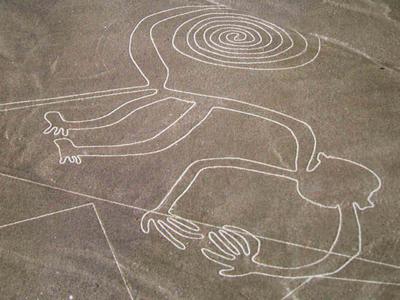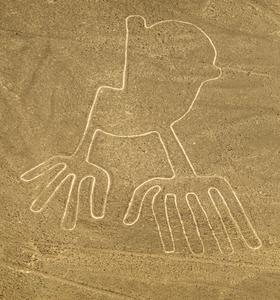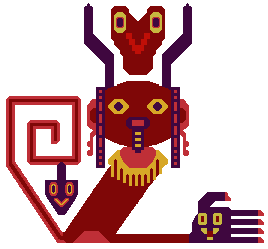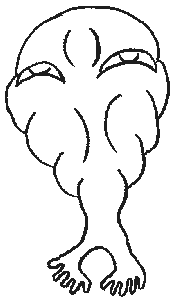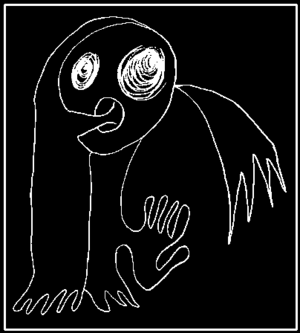No edit summary |
No edit summary |
||
| Line 13: | Line 13: | ||
|} | |} | ||
Do I know you? Yes, I do! These 2 geoglyphs can be compared to the '''Aztec Rave Monkey''' and '''Takofuusen.''' Isn't that pretty dope ⁉ | Do I know you? Yes, I do! These 2 geoglyphs can be compared to the '''Aztec Rave Monkey''' and '''Takofuusen.''' Isn't that pretty dope ⁉ | ||
{| | |||
[[File:Monopic07.png|frameless|center]] | |||
|} | |||
Also heyyy hai. This sewer drawing also resembles the second Nazca Lines image attached above. While this one could be a stretch in itself, it is interesting to note that the sewer drawings in general have pretty Nazca-Liney attributes. Mostly just the line thickness, and abstract shapes. | |||
Revision as of 03:32, 30 December 2023
Page dedicated to various Yume Nikki related discoveries/theories 🔥
Andean Significance
Yume Nikki is chock full of Andean imagery. Specifically, the Paracas/Nazca culture! The Nazca culture was strongly influenced by the Paracas culture, and are quite similar. One of the most known creations by the Nazca culture would have to be the Nazca Lines in southern Peru.
Nazca Lines
Check these out. But hey, I recognize these! Aside from being geoglyphs in the Nazca Desert, there are 2 decorative characters that share a similarity to these large designs in the soil.
Do I know you? Yes, I do! These 2 geoglyphs can be compared to the Aztec Rave Monkey and Takofuusen. Isn't that pretty dope ⁉
Also heyyy hai. This sewer drawing also resembles the second Nazca Lines image attached above. While this one could be a stretch in itself, it is interesting to note that the sewer drawings in general have pretty Nazca-Liney attributes. Mostly just the line thickness, and abstract shapes.

